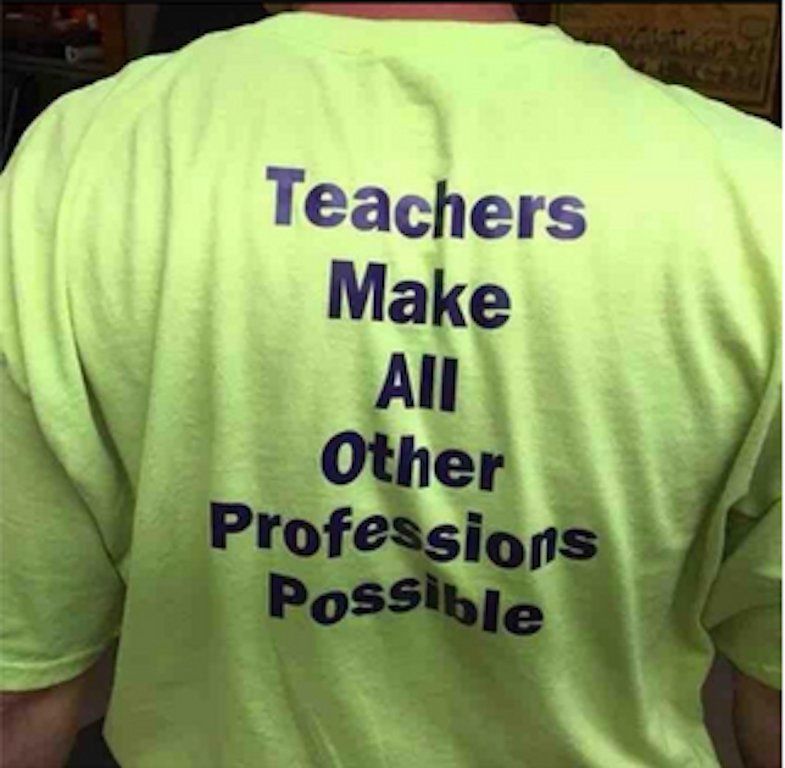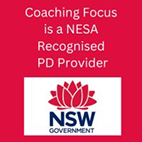Half Way There! Where is ‘there’?
Half way there! Where is ‘there’?
The holidays are over, Semester 2 has started and that means we are now half way through the year. I so often hear the question in general conversation, “How’s it going? A common reply is “I’m nearly there”, or “I’m getting there”. Growing up, I often wondered, where is this place called ‘there’? It must be magical because so many people are working hard getting to it. I used to think that there must be thousands, if not millions, of people who are already ‘there’, as surely some have made it. Of course I also wondered ..what’s it like ‘there’? I never saw any bus signs to ‘There’ or instructions with how to get to ‘There’. Have you ever pondered this idea, like I did growing up? Then I was told ‘there’ is a ‘figure of speech’ but how could a ‘figure’ be ‘speech’. That didn’t make sense either. But let’s move forward. ‘There’ is where we are going with our life, our goals, our desired results, not a place at all. You knew that all along, right?! Realistically, everyone’s ‘there’ is different. Some people have a clear idea of their ‘there’. Others have no idea of their ‘there’, let alone how to get ‘there’. I thought I would spend some time thinking about your ‘there’ now, given we are half way through the year with Semester 2 in front of us.
I’m assuming, and hoping, that you gave yourself some time away from work, even a little bit of time. We are now hearing more often in the media, something that many have known for a long time, that taking time away from your regular work is so important, to recharge your batteries, slow the cogs of our thinking and to allow some time to get a bit of perspective on what we have been doing and how we have been living out our recent days. I find whenever I take a break, I return to work, with fresh eyes, new ideas and a deeper level of insight into my passion for developing leaders.
So let’s reflect. In the spirit of coaching, let me put to you some coaching questions to help you get some perspective on the year so far and make some plans for the rest of the year moving forward. As a leadership coach, I am all about setting goals and working towards the achievement of those goals. It goes without saying that without goals you are merely drifting along and being moved in the direction of the forces upon you. I want you to be in control of where you are going, your ‘there’ and to be awake to the forces that might have been causing you to drift off course, if they have. Give yourself 10 minutes to work through these questions and make some written notes as you go along.
By the end of this year, what in your life, leadership or career do you want to be different? This is your goal. This is your ‘there’. This is where you are headed. I’m hoping that ‘different’ in your mind means ‘better’, because that’s what I’m thinking.
For what purpose do you want it to be different? This will help uncover your motivation; why you want this to be different.
If it is different, what will that mean for you or what will that give you? This will help explore the benefits that you will get from making the step forward.
If it is different, what problem or concern or situation will no longer be present for you? This is helping you to understand what pain-point will disappear, or be less of an issue for you.
What have you done so far this year to help you move your life, leadership or career towards your goal? This question will help you to consider actions that you have taken and how beneficial they have or have not been.
How successful has that been on a scale from 1 to 10? ( 1 is fairly dismal, 10 is awesome). Measuring the impact is helpful to reflect upon now so you can compare it to after you complete your next step. After all, what you can measure you can improve.
What one thing can you do, from now, to move you one step closer to your goal? Now you are planning your next action. Explore the possibilities of all that you can do to make your life, leadership or career different. Then pick one action only. Too many actions will put you into a state of overwhelm. Progress is made one step at a time. It is so much better to achieve one step forward each time than to put pressure on yourself to achieve many, only to be disappointed that you have achieved none due to feeling overwhelmed.
What resources and support do you need to help you? These might be people, knowledge, equipment, access. You might look around for a mentor or a coach.
What could get in your way and how can you prepare yourself to get around it? The best laid plans come unstuck when we hit a snag or a hurdle. But if we look ahead at what they might be, we can more often see them coming and take action as they approach.
When are you going to start? In order to get ‘there’, you need to start, and setting a date helps you to be accountable to yourself. You are the one in charge here, so set a date that is realistic and achievable and gets you excited about the change ahead.
When do you want to have completed that ‘one thing’ so you can get going on the next ‘one thing’? This is the other part to accountability- a completion date. This is the end game date. This is the date you put in your diary with a celebration experience noted, so you acknowledge yourself for completing the action.
And then, you start the process over again, to move you one more step closer to your bigger goal in making your life, leadership or career different.
So you are all set, you have a goal, planned an action and set dates for the start and completion. Well done. I bet you feel better already about the semester ahead because now you have a plan.
See you again in a fortnight. Please write to me and tell me how you are going. Bring me along on your journey to get to your ‘there’. And, of course, if you want some personal coaching, contact me at any time.
Written by Janine Stratford, 17 July 2018
Janine Stratford, is a Leadership Development Coach and Career Strategist, working with teachers and leaders in schools across Australia and New Zealand. A former teacher and school leader, she is passionate about developing great leaders as role models for their schools and their students. You can find out more about Janine at www.coachingfocus.com.au








